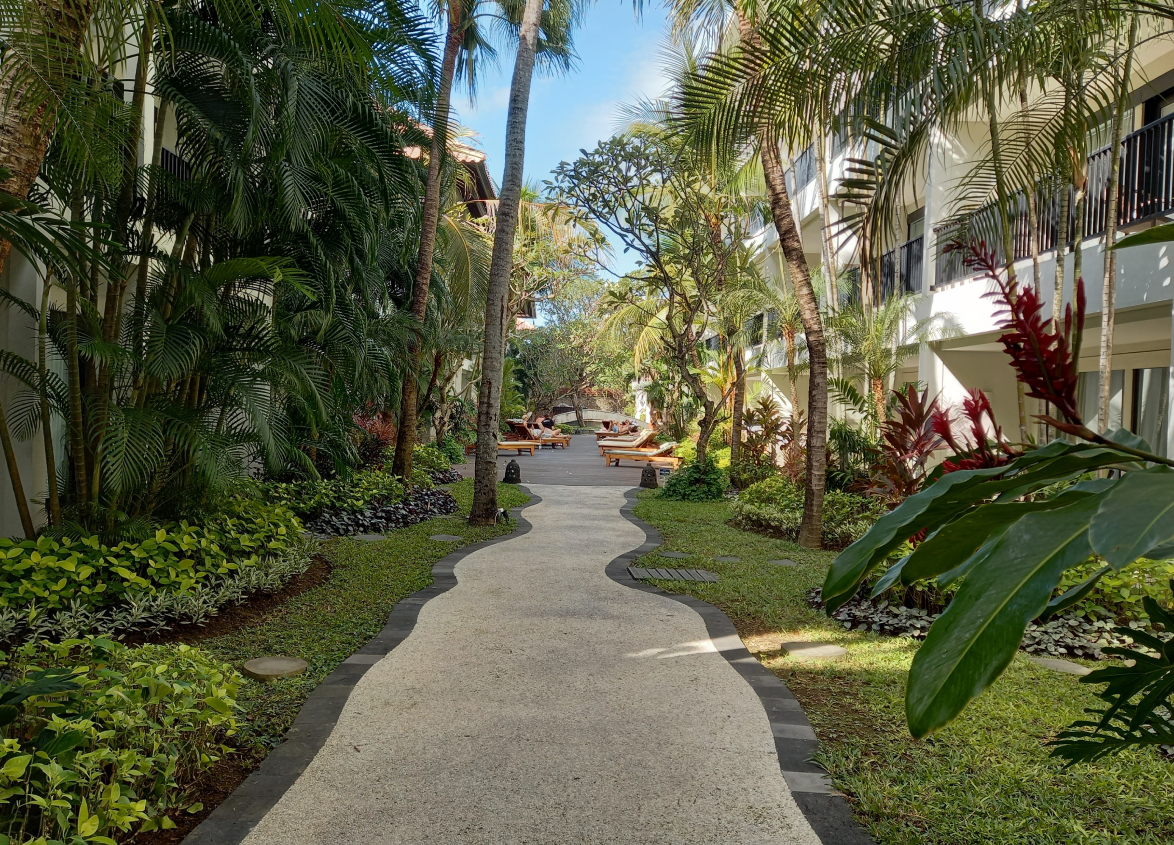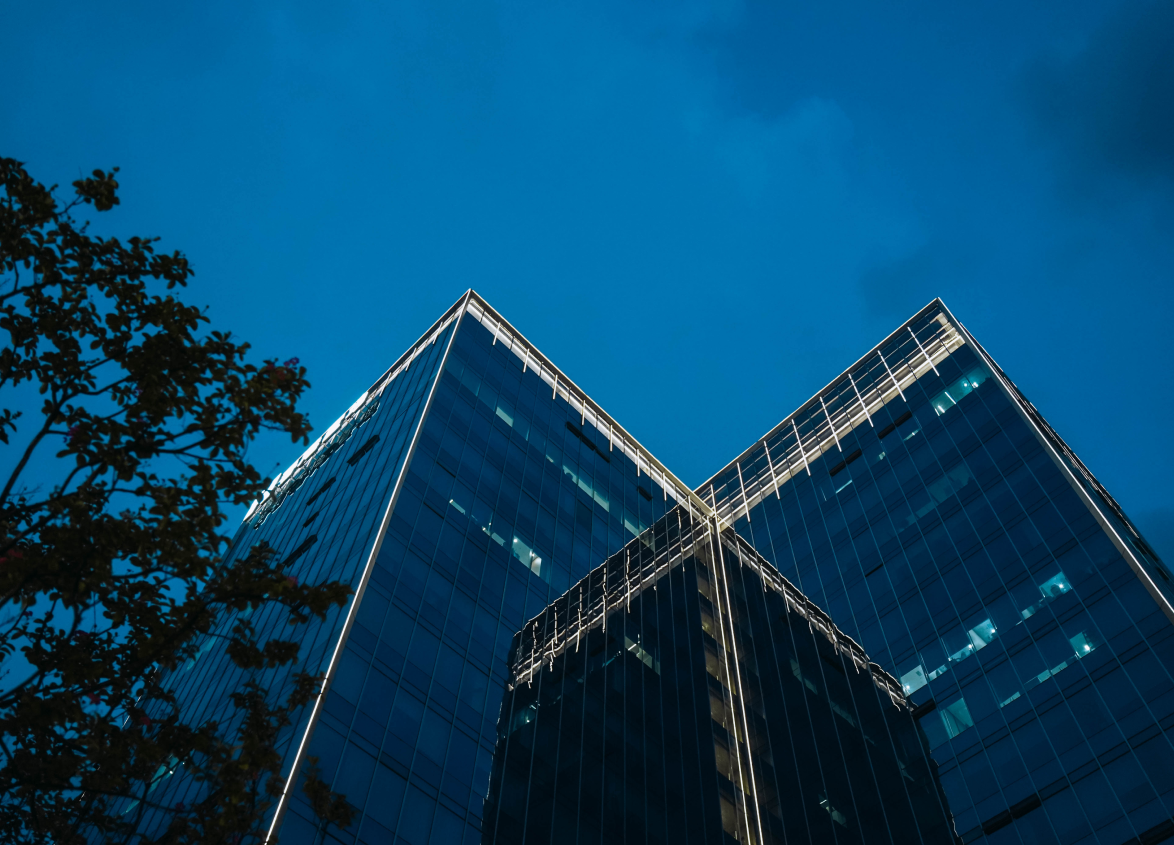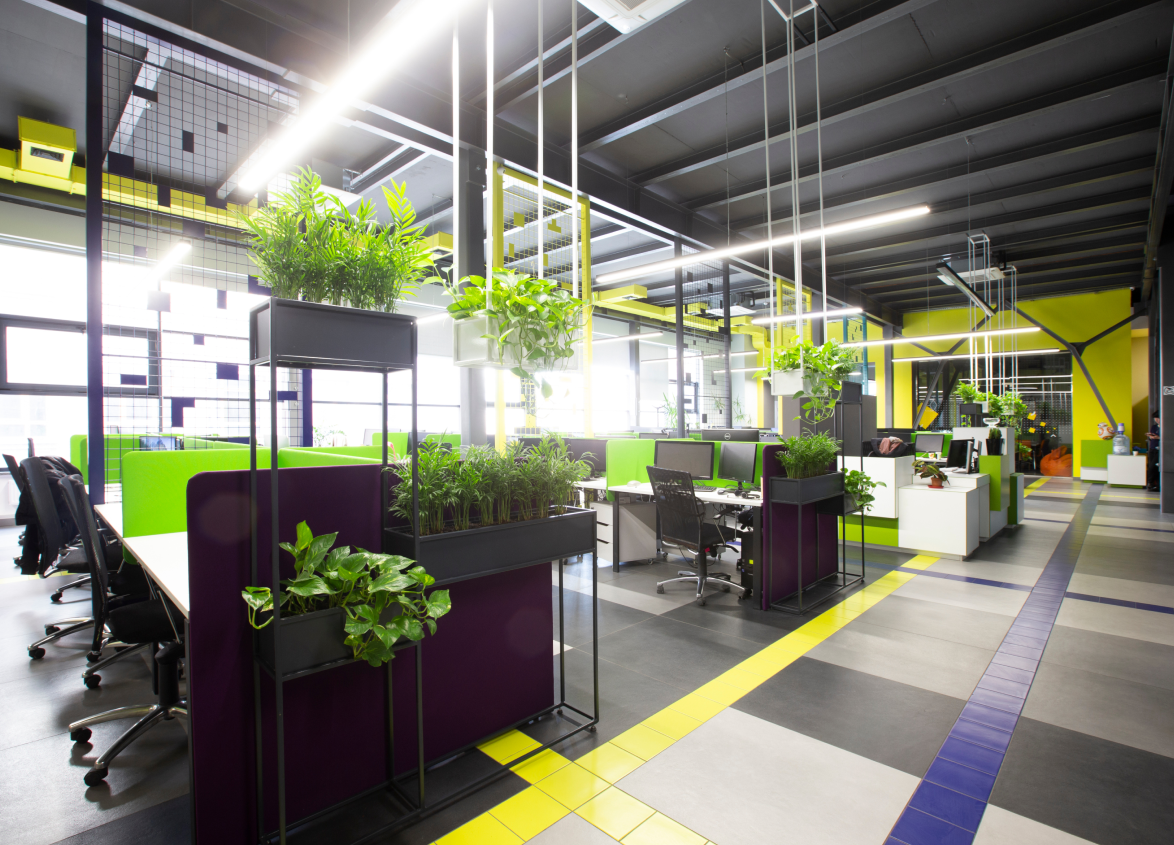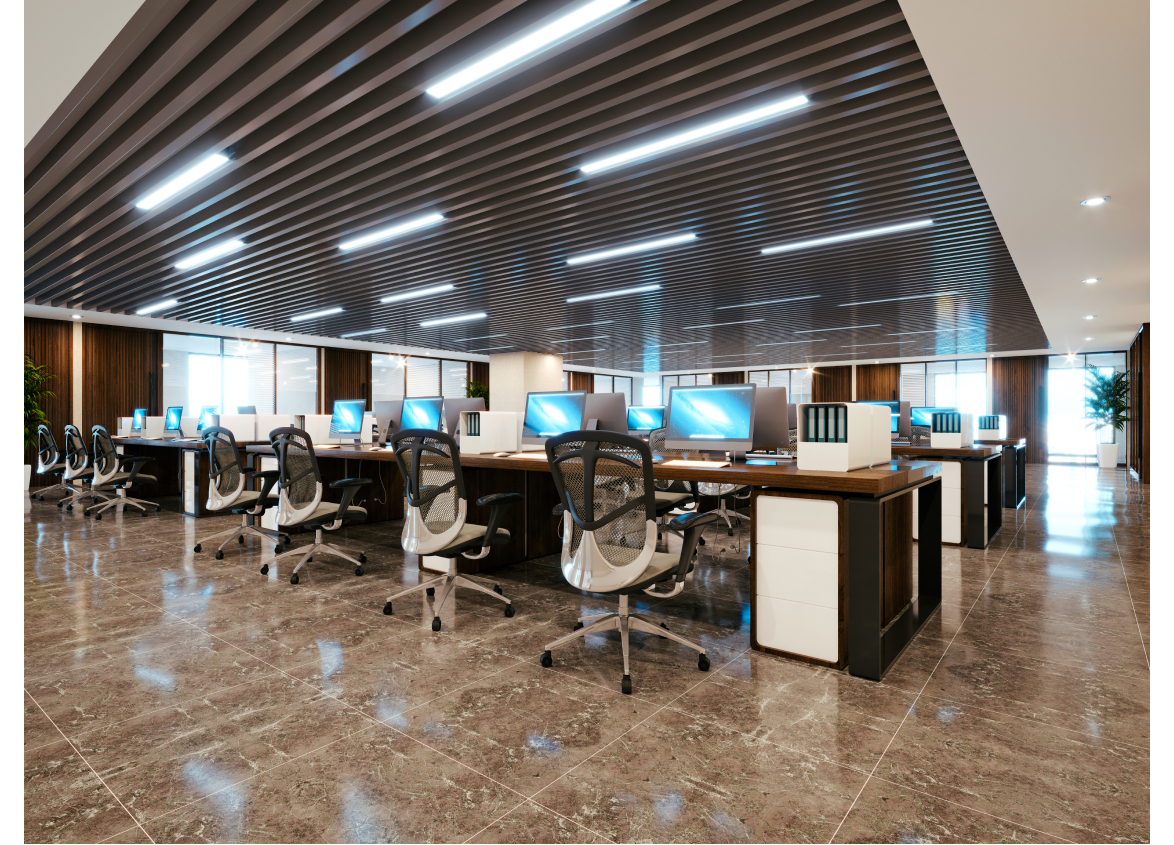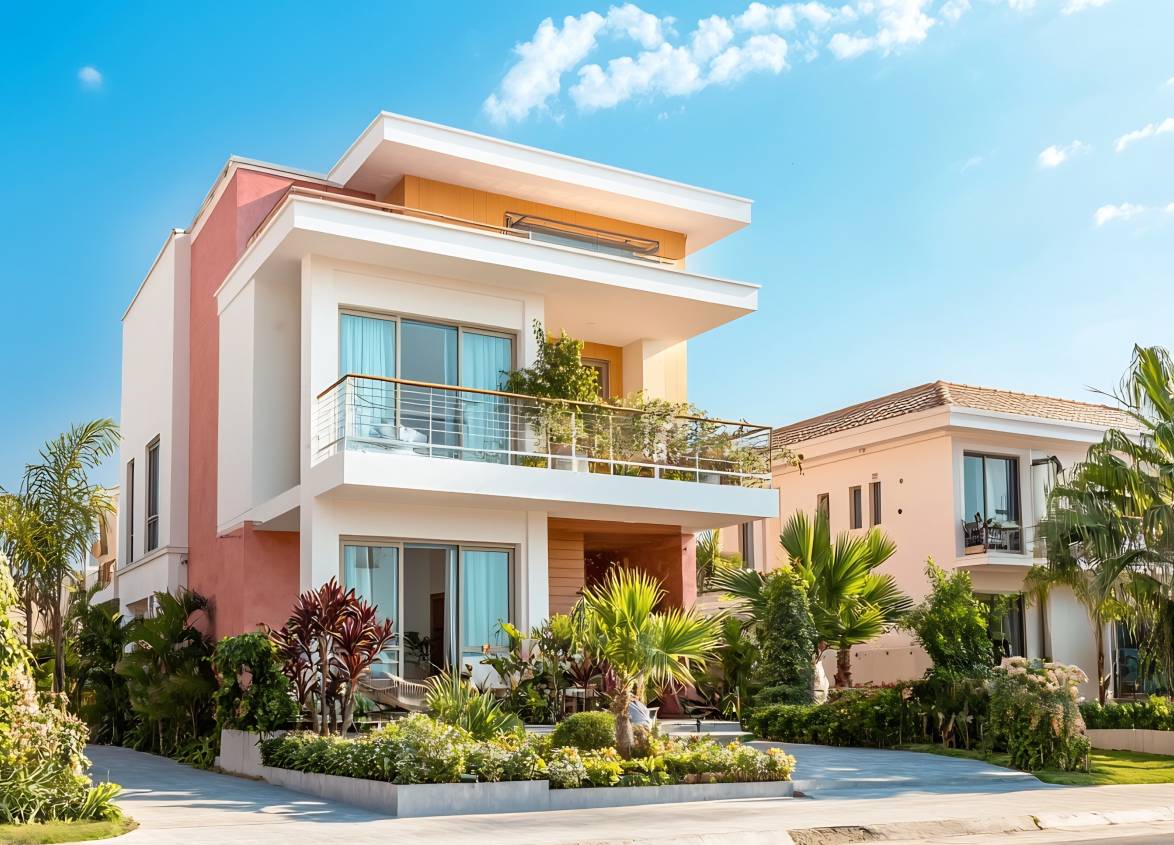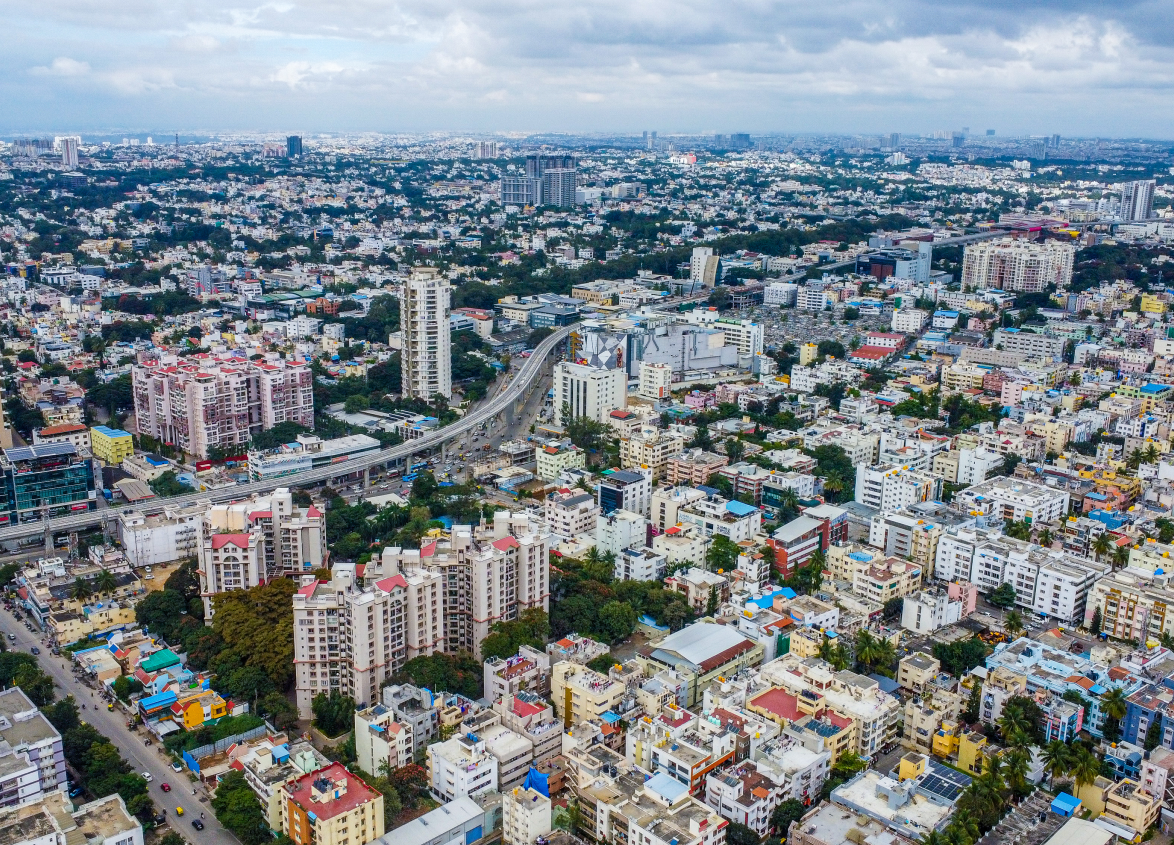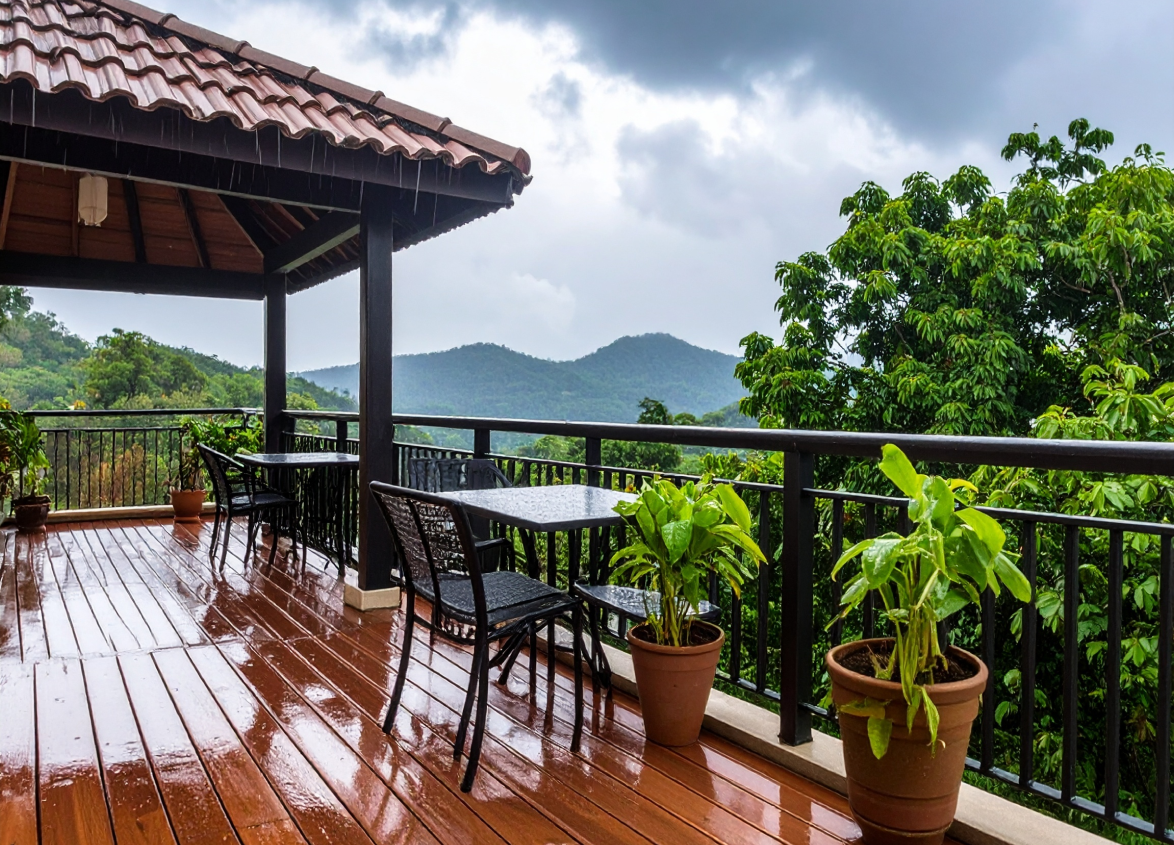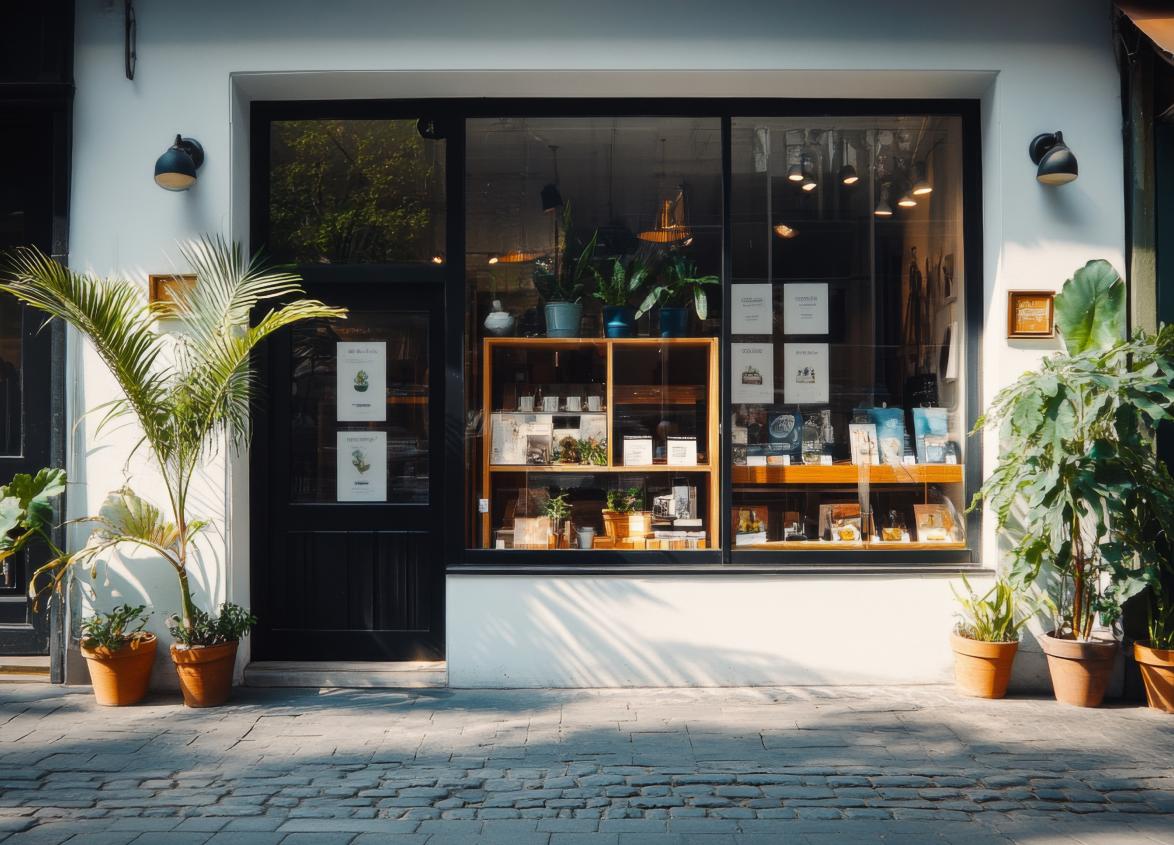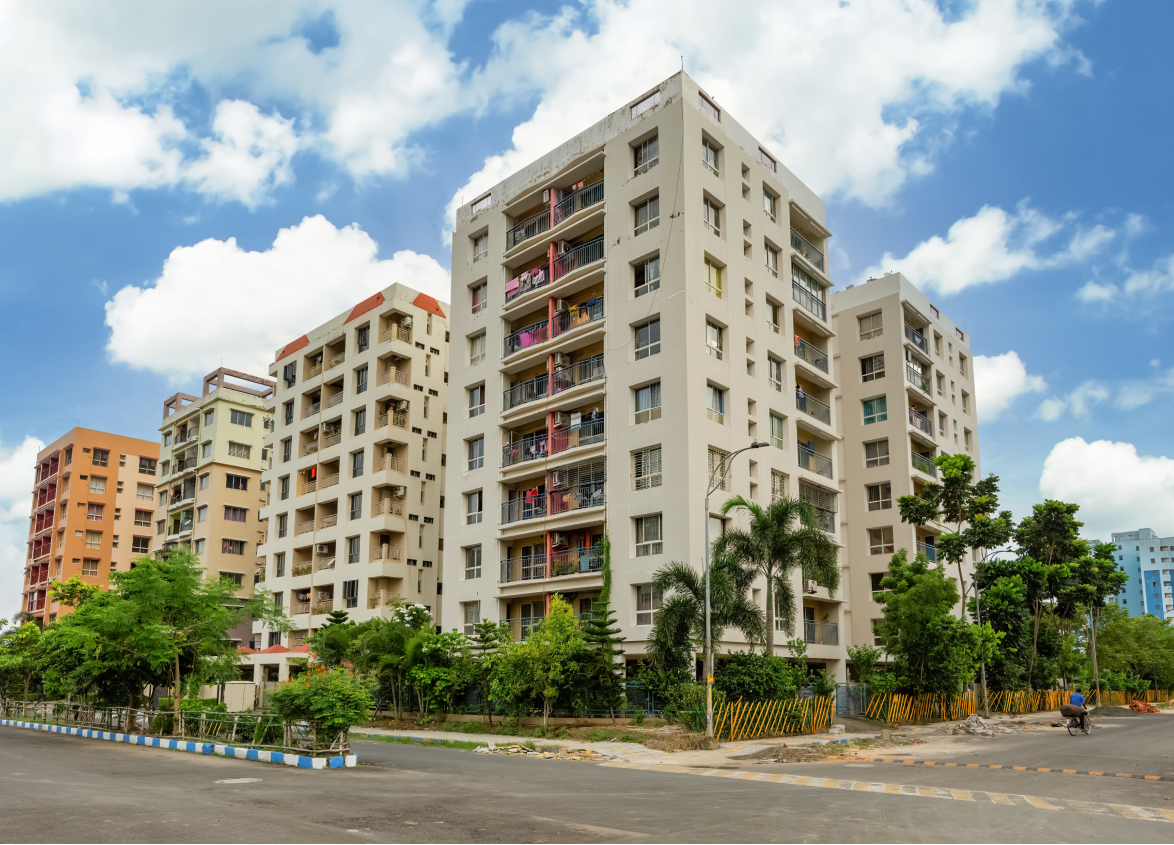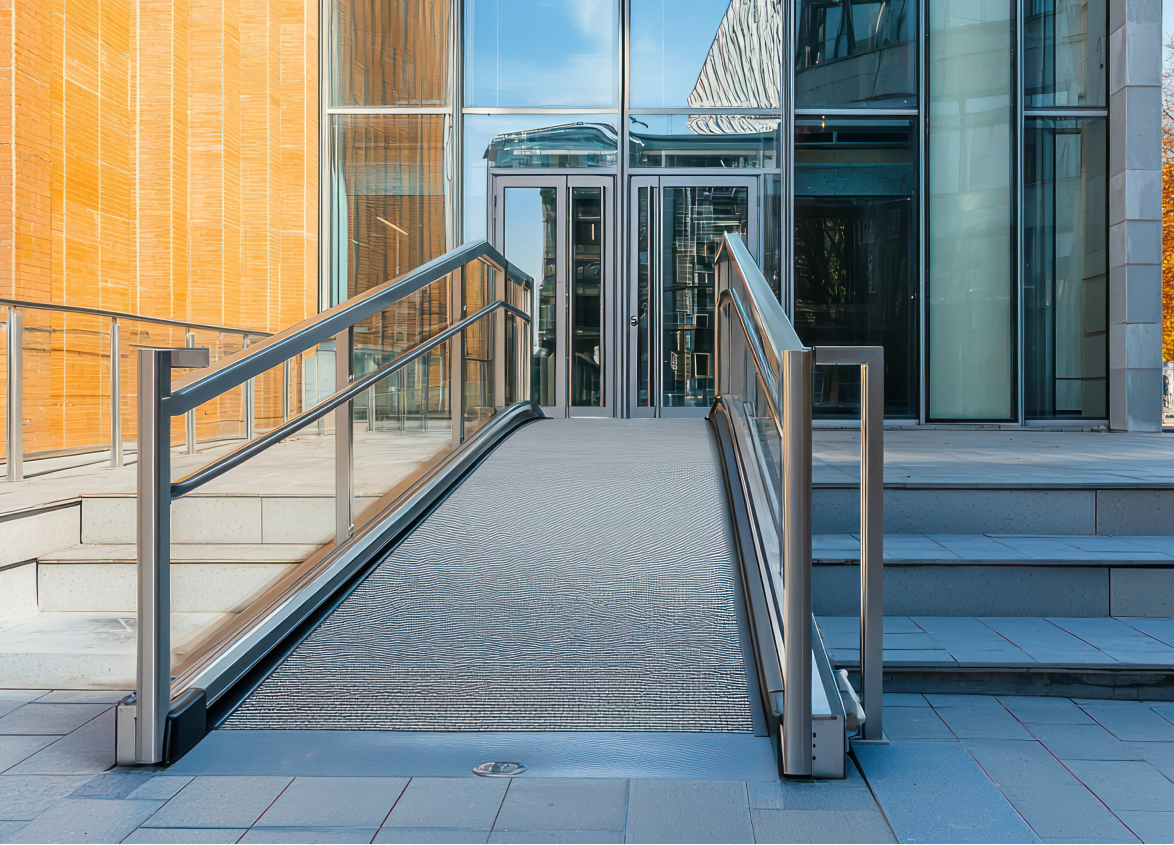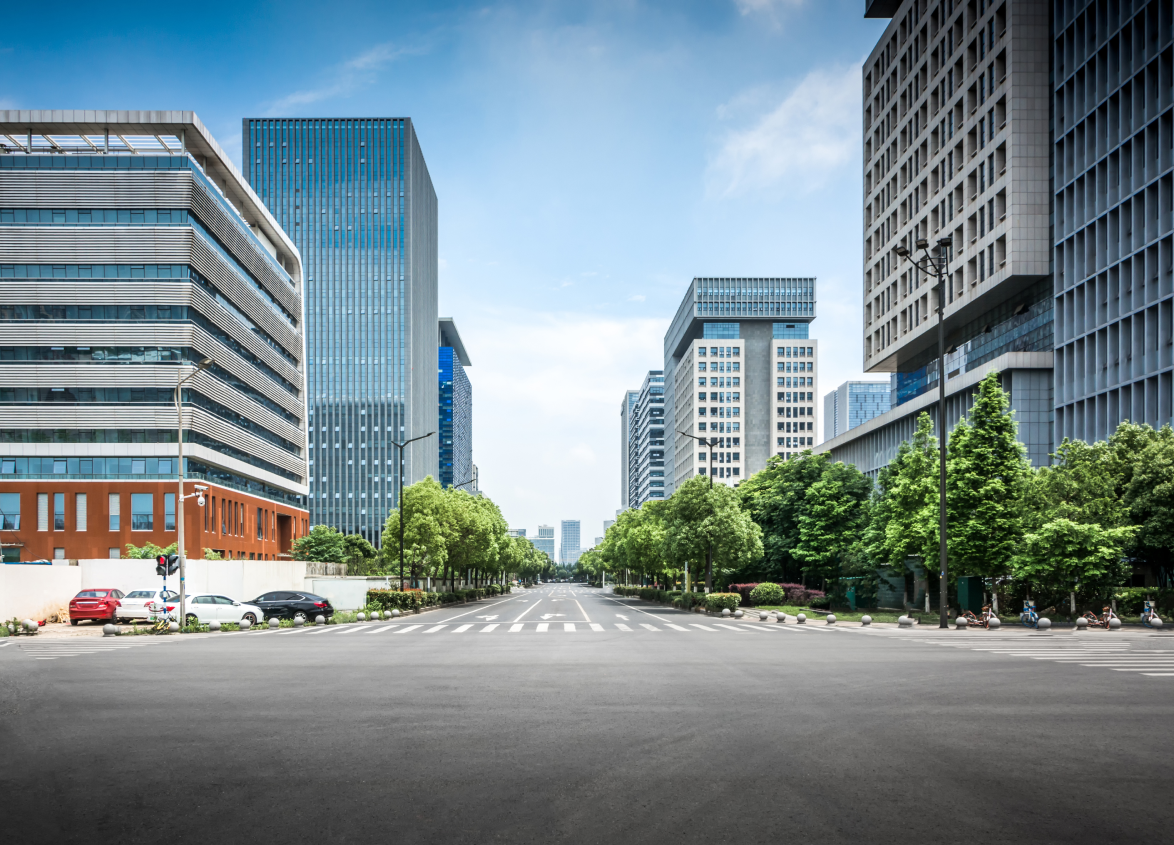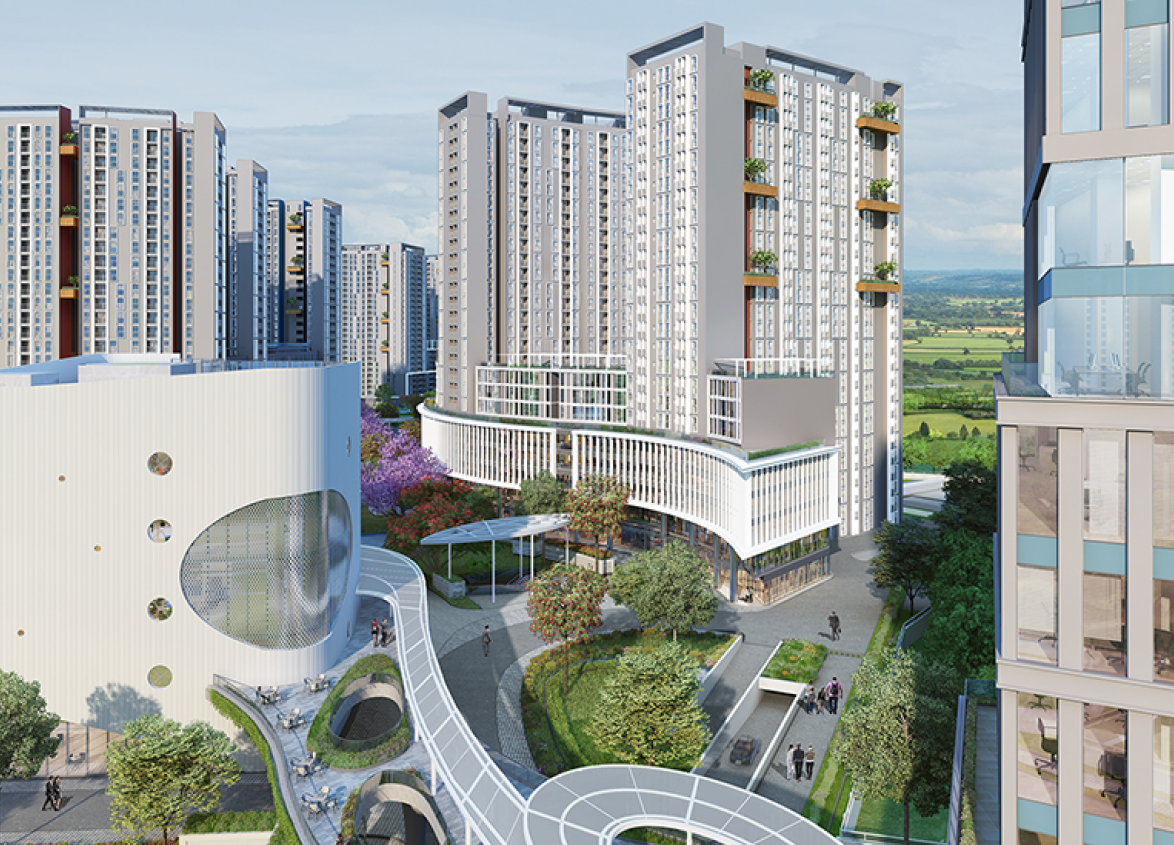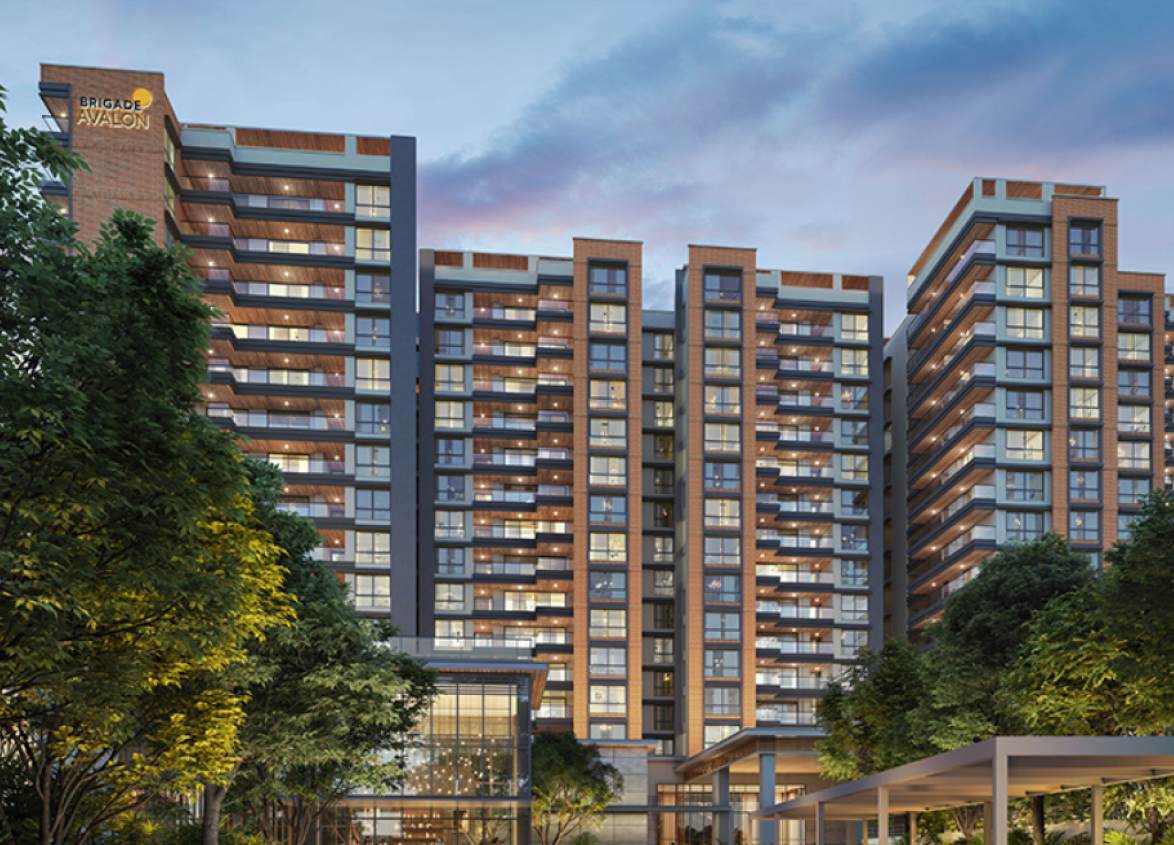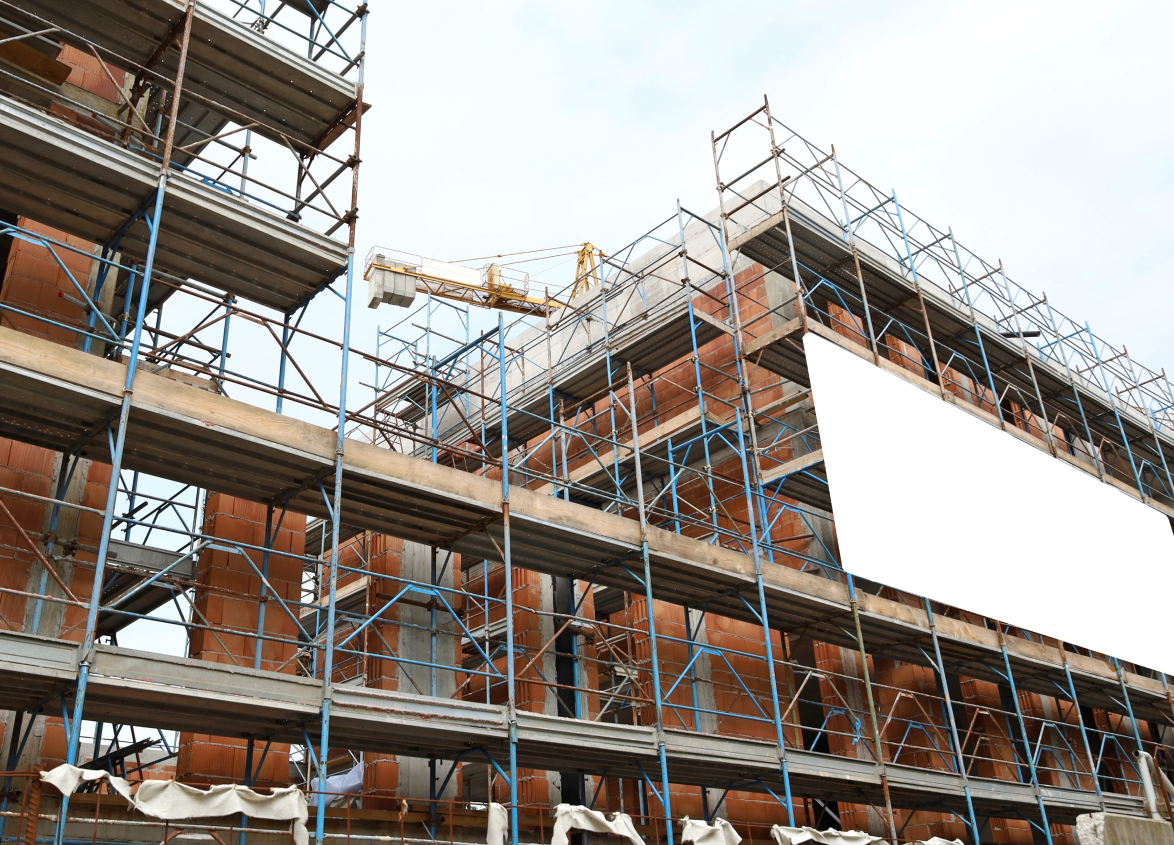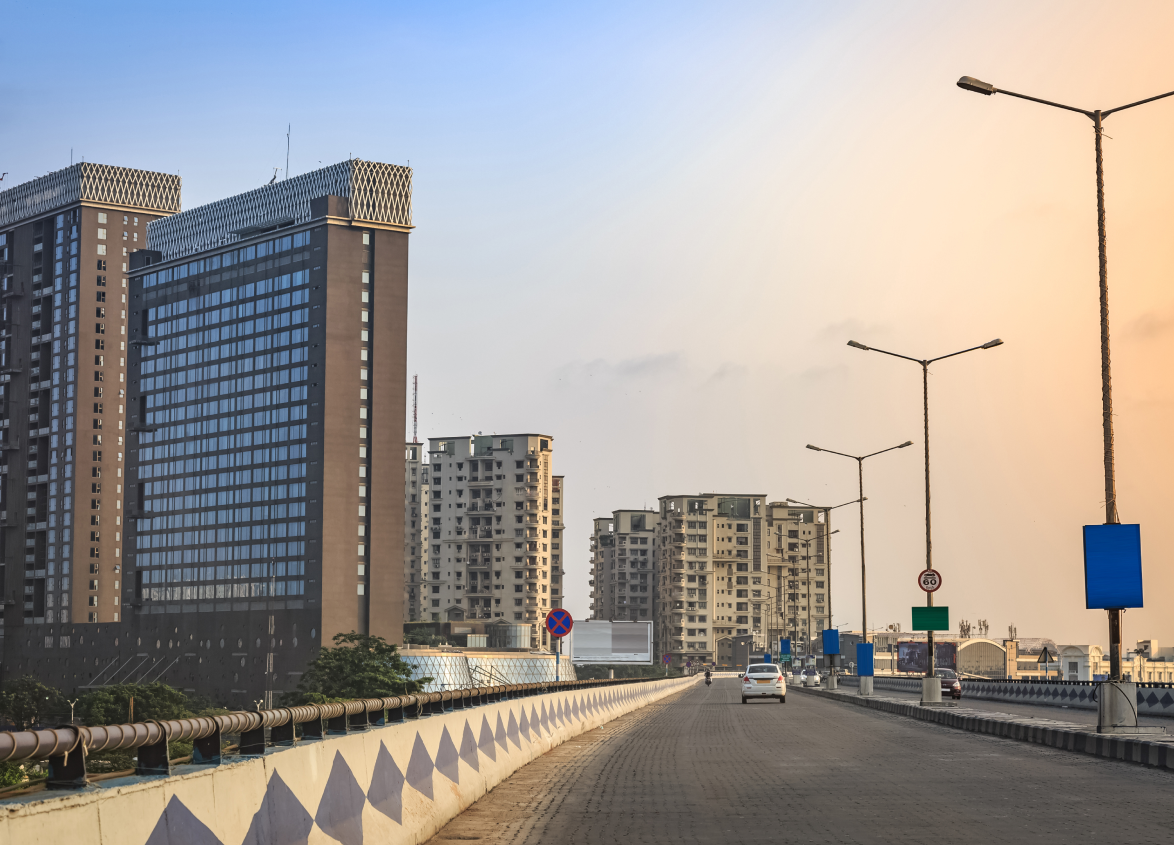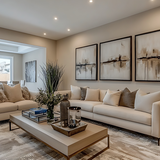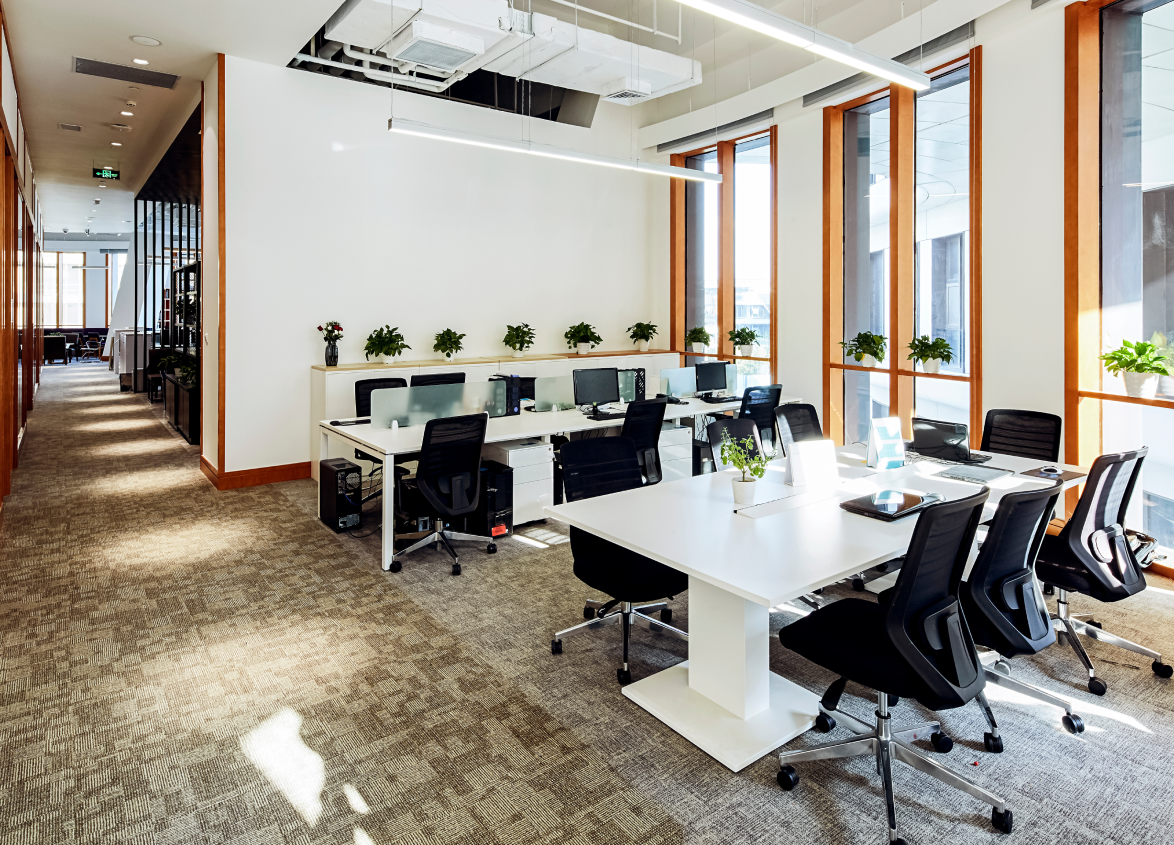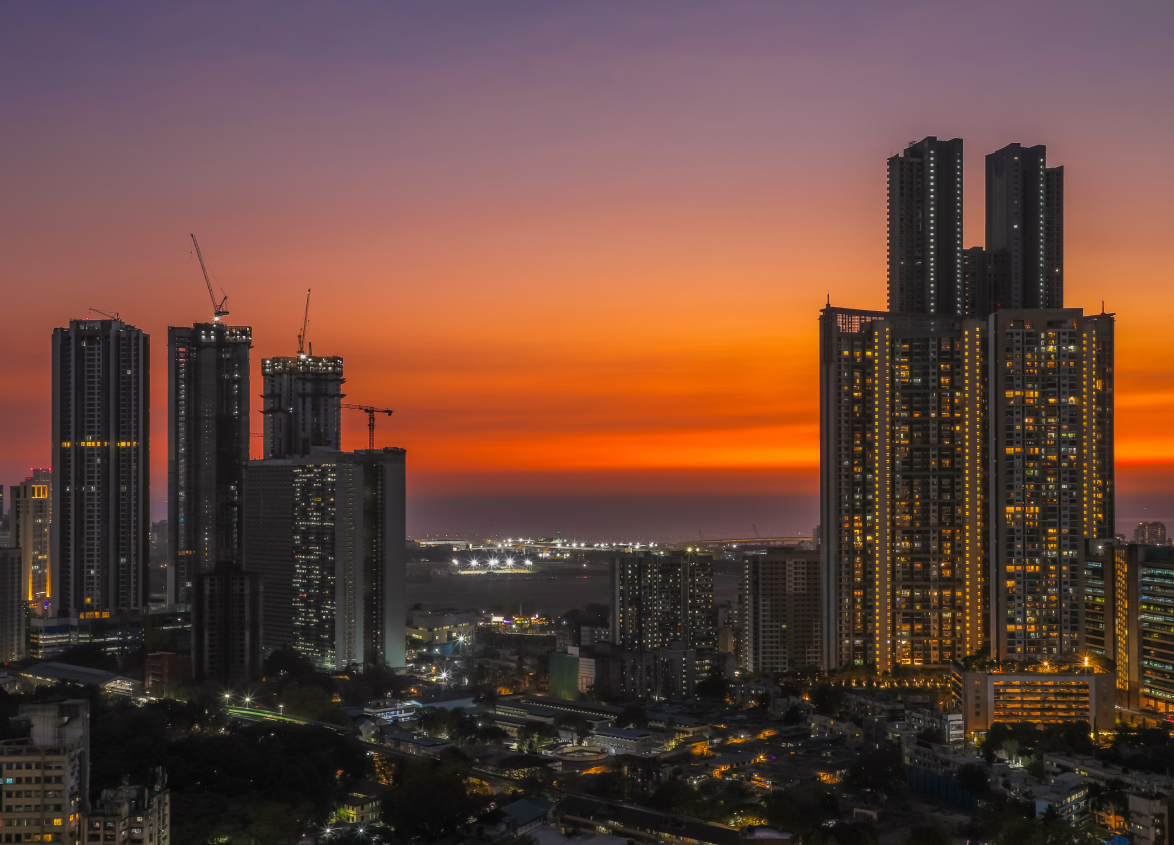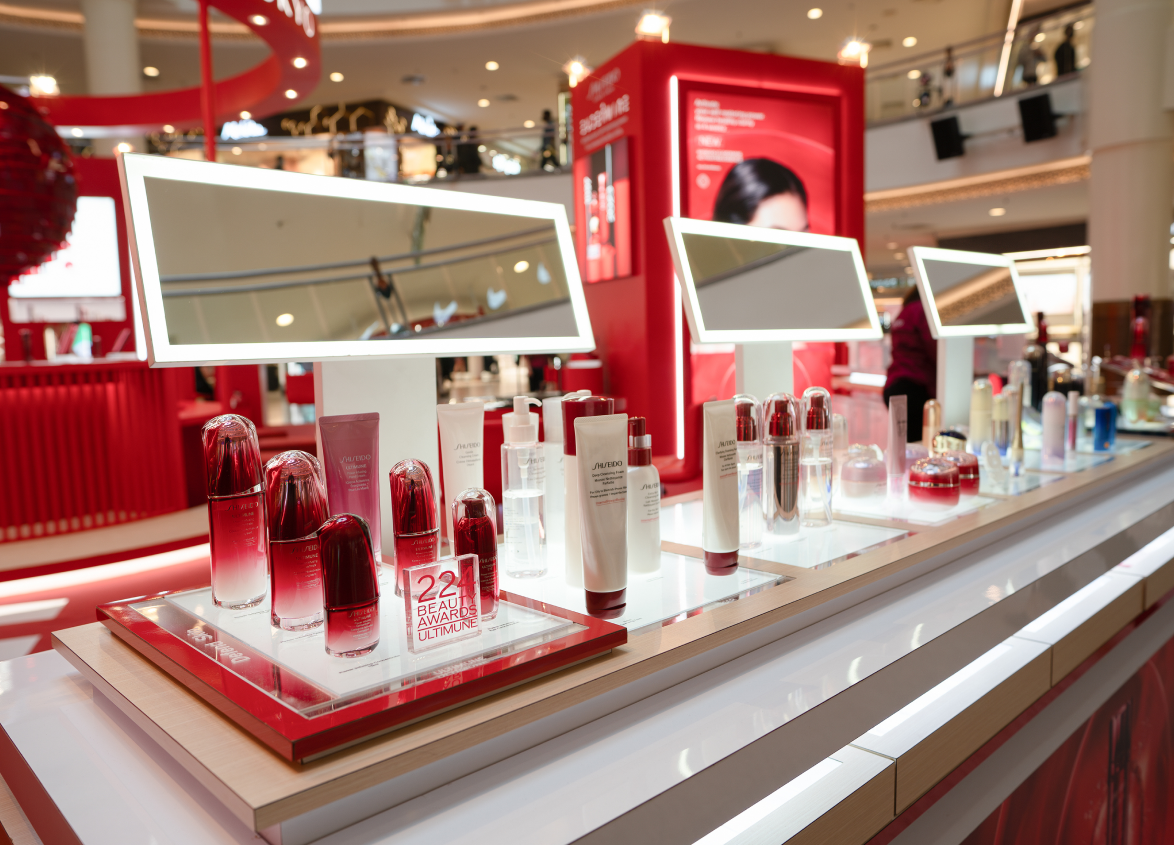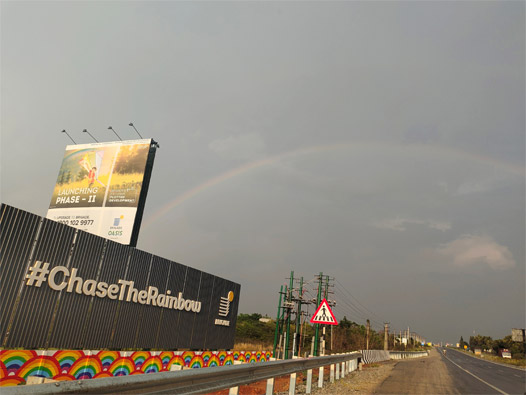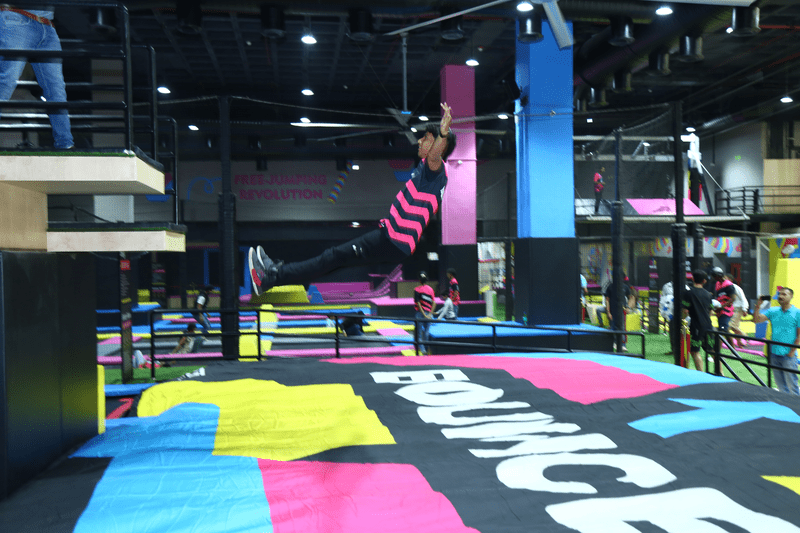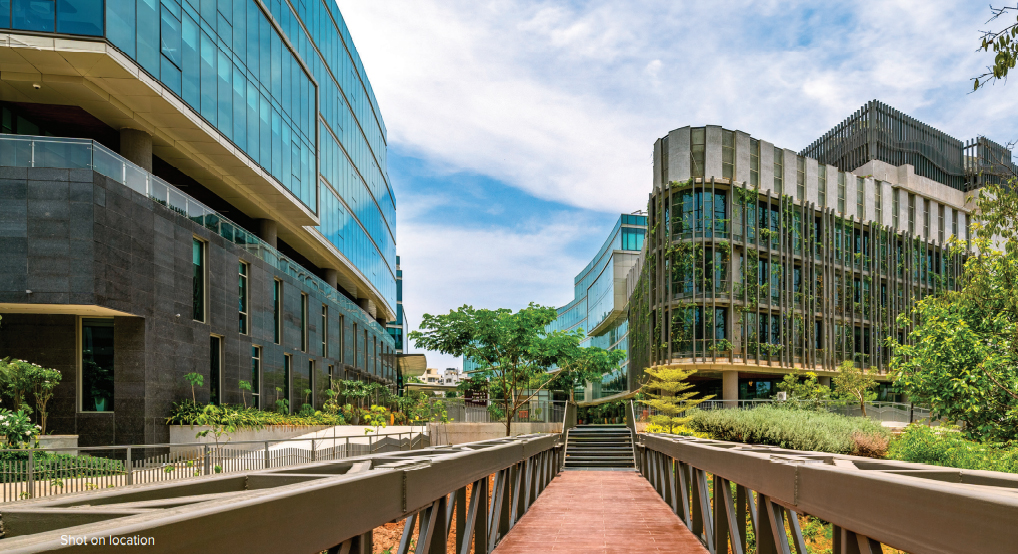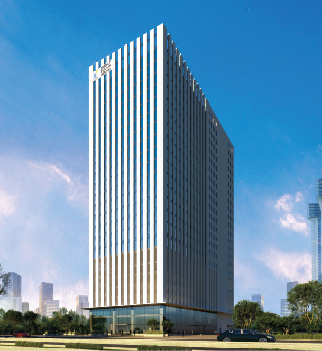
Retail
From Lease to Launch: How Brands Scale with the Right Retail Space
August 12, 2025
With today's digitally dominant environment, it's easy to think that brick-and-mortar retail is a relic of the past. Online commerce continues to grow rapidly, offering customers more choices than ever. And yet, across Tier 1 cities to emerging Tier 3 towns, one truth remains unchanged: physical retail isn’t obsolete—it’s evolving.
From bustling high streets in Mumbai to curated lifestyle malls in Bengaluru, effective scaling brands know the strength of place. Going from renting a space to opening a store is much more than a property transaction. It's a strategic turning point that establishes the direction for brand identity, operational scalability, customer experience, and long-term returns on investment.
In this blog, we map the end-to-end process to understand how to lease retail space, unlock what it takes to choose and optimise the optimal retail footprint, and examine how brands can develop scalable blueprints that maximise ROI in diverse Indian geographies.
Why Retail Space Still Matters in a Digital Age
The myth that digital will completely displace physical retail has existed for a long time. Today's most successful retailers create smooth, omnichannel experiences in which retail real estate is the foundation of customer connections and brand establishment.
Physical stores are not only places of sale but experiential brand theatres. From flagship stores in upscale malls to curated formats in high-street zones, well-chosen retail space is critical to:
- Building brand visibility, credibility and customer trust
- Designing touch, memorable and emotive customer experiences
- Influencing both foot traffic and complementary online conversions
Infrastructure developments like metro expansion, smart cities, and mixed-use developments are rising. Developers are integrating retail zones within community housing projects, making stores more accessible and embedded in daily life. This redefines the function of retail space, making it no longer just a transactional area but a lifestyle centre.
Leasing 101: What to Know Before You Sign
The path to physical retail growth starts with understanding the leasing landscape. Leasing a store is not merely about renting space but designing lease architectures that align with long-term brand goals.
Types of Retail Leases
Before you find retail space, become acquainted with the typical forms:
- Gross Lease: One payment for base rent and operating expenses. It makes forecasting easy, but usually comes at a premium.
- Net Lease: The tenant pays the base rent plus additional fees like property tax, insurance, and maintenance. This type of lease is suitable for long-term leases with complete control.
- Percentage Rent: Relatively common in malls and large-format retail centres, this form of model relates rent to a percentage of your sales, sharing landlord-tenant risk.
Key Terms to Consider
What's in the small print that can affect your entire operational plan? Check for:
- Rent Escalation Clauses: Know how frequently and by what amount your rent will rise.
- Exit Clauses: Room to exit early without punitive penalties can be vital in rapidly evolving markets.
- Renewal Options: Lock in your growth runway by agreeing on multi-year terms with beneficial renewal triggers.
Negotiating Smart
Sophisticated landlords are receptive to innovative structuring, particularly in struggling shopping centres or refurbished high streets. Don't be afraid to consider:
- Temporary leases for trialling new markets
- Revenue-sharing structures to minimise initial risk
- Location-performance or tenant-mix incentives
When retailers grow, understanding lease rates and how they correlate with footfall, neighbourhood development, and even surrounding affordable housing developments can set you up for long-term growth.
Location Strategy: Aligning Space with Brand Purpose
Not every retail space is equal. The location matters as much as how well it aligns with your brand purpose. Indian brands, especially those in premium or niche segments, need to consider:
Demographic Match:
Is the foot traffic compatible with your brand audience?
Neighbourhood Ecosystem:
Do you have complementary tenants, transit options, or community amenities nearby?
Brand Alignment:
Does the location enhance your identity and customer promise?
A heritage brand may thrive in a historic shopping zone like Delhi’s Connaught Place. At the same time, a tech-first retailer could scale quickly in innovation-forward hubs like Bengaluru’s Indiranagar or Hyderabad’s HITEC City. Strategic brand placement needs nuanced alignment with demographics, surrounding retail zones, and transit access.
In addition, as real estate converges with urban planning, look at up-and-coming areas with hybrid housing and retail space footprints. These provide captive audiences and exceptional branding opportunities.
Design, Fit-Out and Operational Planning
Leasing the retail space is just the start. After signing, the focus shifts to turning square feet into a compelling brand narrative. Design directly impacts customer dwell time, sales per square foot, and the cost-effectiveness of operations.
Design with Purpose
- Store Layout: Modular and responsive store layouts enable high-frequency merchandising, which engages customers.
- Lighting and Visuals: Lighting and visuals shape perception and elevate in-store experiences, the environment and long-term rent expenses. Harmonise lighting, soundscapes and visuals.
- Wayfinding: Intuitive navigation from entry to checkout improves conversions and reduces friction.
Backend and Operational Efficiency
Design needs to take the entire retail life cycle into account, not only customer-facing aspects:
- Staff movement, stock storage and waste removal require strategic placement.
- Omnichannel ability (click-and-collect, return, etc.) needs to be integrated into space planning.
- Integration of in-store technology, POS systems, CRM touchpoints and real-time inventory tracking impacts operational agility.
Sustainability and Space Economics
Today, eco-friendly brands employ recycled material, LED lighting, and adaptive fittings that benefit the environment and long-term cost efficiency. Indian consumers, especially Gen Z and urban millennials, are increasingly eco-conscious.
Additionally, multi-functional retail spaces are often part of larger residential complexes, such as residential projects, where smaller footprint stores share utilities with other shop owners. This enhances affordability without compromising on performance.
Blueprint vs. Local Adaptation
Although your store's DNA has to be uniform, hyper-local idiosyncrasies determine performance:
In India, geography isn’t just about visibility but hyper-local relevance. What works in Gurugram might underperform in Kochi.
Storefront language, cultural references, and seasonal cues should reflect local language, customs, and seasonal shopping patterns.
Data-Led Expansion
Smart scaling has its roots in intelligence. Leverage analytics tools to assess:
- Foot traffic patterns
- Sales per square foot
- Heat maps of in-store activity
- Lease rate price efficiency per location
Use this information to guide your expansion strategy and negotiate favourable lease terms by modifying terms, pursuing performance-based discounts, or using phased rent structures.
Strategic Partnerships
No scaling occurs in silos. Work with real estate consultants, architects, and contractors who are experienced with municipal norms and mall regulations. Partner with mall operators or high-street landlords to optimise visibility and marketing.
Don't overlook your internal teams. Train store personnel for brand consistency, enable managers to take ownership of KPIs, and make sure your supply chain can scale with store rollouts.
Conclusion
Today's top-performing retailers don't merely secure retail space; they future-proof it. They realise that the retail lease needs to bend with market conditions, store layouts must adapt for omnichannel experiences, and retail real estate is both an asset and an enabler. This needs data-driven decision-making, nimble site selection, and strategic alignment with footfall, demographics, and brand storytelling possibilities.
From your initial lease negotiation to multi-site growth, retail space remains the bedrock of brand authority and business achievement. The cleverest retailers work with leasing agents, property consultants, and design partners who know lease rate price levels. With digitally-influenced retail behaviours, brands can embed themselves within communities.
Because in retail, space isn't real estate. It's your brand's first impression. It's your customer journey. It's your competitive edge. And in a fast-changing marketplace, it might be your most strategic asset.
MUST READ
Looking for something specific?
We'd be delighted to help you.



